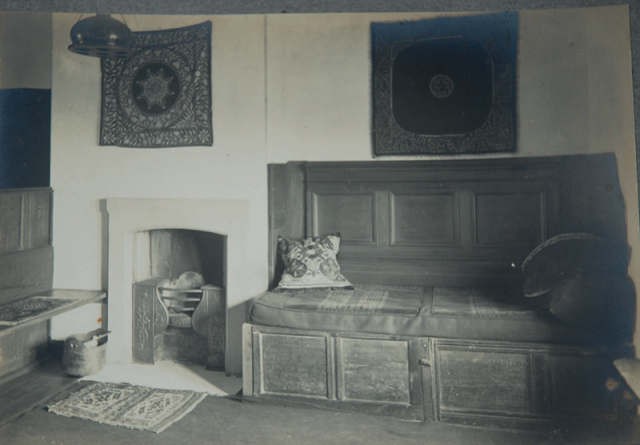Real Lives: Mrs Annabel Dott (1868–1937)
Historian feature

Our series ‘Real Lives’ seeks to put the story of the ordinary person into our great historical narrative. We are all part of the rich fabric of the communities in which we live and we are affected sto greater and lesser degrees by the big events that happen on a daily basis. Sometimes we might even play a part in the big events, although our names are not recorded, while on other occasions we are witnesses to events and times which we would now consider remarkable. Sometimes our regular lives are the perfect illustration of how people live at any given time – but all our lives matter and we want to celebrate some of those lives here. If you have any people that you think might also fit this category and would like to write about them, please do contact: martin.hoare@history.org.uk
In this regular feature, Lynne Dixon introduces us to a woman who defied convention through her architectural work and, along the way, improved life for some of the young, disabled veterans of the First World War...
Provision for the care of ex-servicemen and veterans emerged at the time of the Boer War, but the new hostilities of the First World War triggered a national debate about how to provide for the large number
of young, disabled soldiers. The government focused on the provision of pensions from 1915, but the practical support for these men became largely the responsibility of philanthropists, many of whom were women. One such woman was the wife of a vicar, Annabel Dott. Annabel was untrained as an architect, but taught herself by reading the knowledge necessary to become a Clerk of Works and sometimes described herself as a builder. In 1911, Annabel designed a small housing scheme in the North Yorkshire moorland village of Goathland...
This resource is FREE for Historian HA Members.
Non HA Members can get instant access for £2.49

